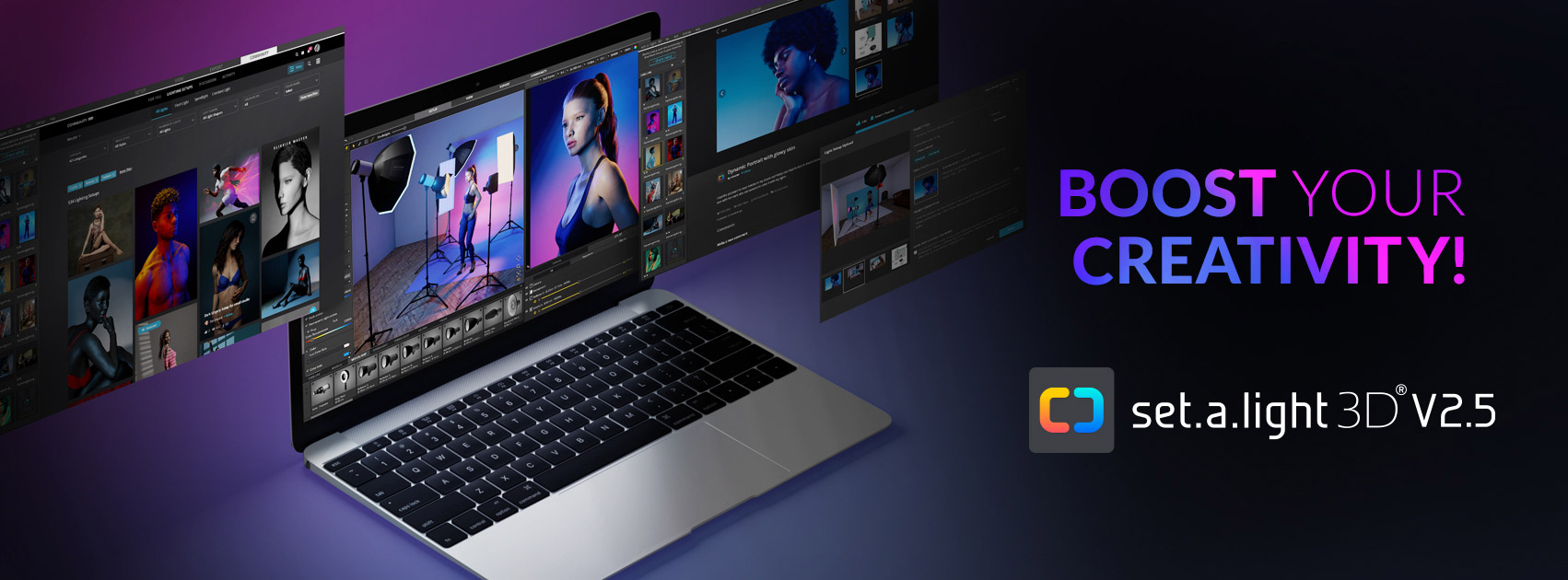Mastering Photography Lighting: A Reverse Engineering Approach
Lighting is the soul of photography. It defines the mood, depth, and storytelling capability of an image. In this guide, we explore a powerful five-step method developed by renowned photographer Walid Azami. This approach allows photographers to decode lighting techniques used by professionals and apply them creatively to their own work.
Step 1: Eye Analysis – The Reflection Tells All
Professional photographers often leave visual clues in their images. One of the richest sources is the subject's eyes. By zooming into the eye reflection:
- You can identify the number of light sources.
- Determine the shape of the modifiers (umbrella, softbox, etc.).
- Estimate the camera and photographer position. This method reveals whether lighting was handheld or stand-mounted and gives insights into the setting (studio, natural light, etc.).
Step 2: Decoding Highlights – Tracing the Light Source
Highlights reveal the light's intensity and source type:
- Soft gradients indicate diffused lighting (e.g., cloudy sky, softbox).
- Sharp highlights suggest direct artificial light. Observing where highlights fall and how they interact with skin or objects allows for deduction of the light's placement and diffusion method.
Step 3: Analyzing Shadows – Understanding Light Behavior
Shadows tell us about the light's direction, hardness, and diffusion:
- A soft shadow with blurred edges means diffused light.
- A hard-edged shadow reveals a focused, direct light source. Matching shadows to the clues found in eyes and highlights helps verify lighting setup assumptions.
Step 4: Angles – The Invisible Blueprint
Angles provide depth to the lighting puzzle:
- The direction of shadows and highlights allows triangulation of the light source’s angle.
- Secondary shadows or faint light trails can reveal additional light sources not immediately visible. This step ensures a three-dimensional understanding of the lighting layout.
Step 5: Educated Guess – The Creative Leap
After analyzing all the technical elements, photographers must synthesize:
- Combine observations to estimate light setup with 85–90% accuracy.
- Use intuition and experience to fill in the blanks.
- Avoid mimicking 100%; instead, create a personal version to maintain artistic integrity.
Practical Learning: From Breaking In to Billboards
Walid Azami’s journey involved unconventional tactics:
- Sneaking onto sets as a production assistant or extra to observe lighting.
- Secretly photographing setups to study them later. While legally questionable, this dedication highlights the importance of real-world exposure and observation.
Modern Tools for Learning
Unlike the past, today’s learners have access to:
- Pinterest, Tumblr, and YouTube for visual study.
- Street billboards, magazine ads, and even TV stills.
- Digital tools like Photoshop for analyzing lighting effects.
Conclusion
Understanding photography lighting isn't about memorizing rules—it's about observing, documenting, and experimenting. Walid Azami's five-step method equips creatives with the ability to dissect professional imagery and infuse it with their own vision. With patience and practice, mastering lighting becomes not just achievable, but inevitable.














0 comments:
Post a Comment